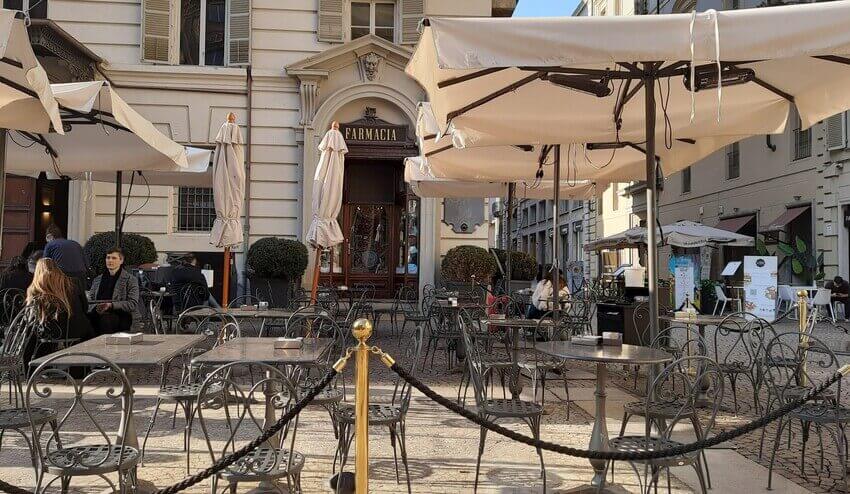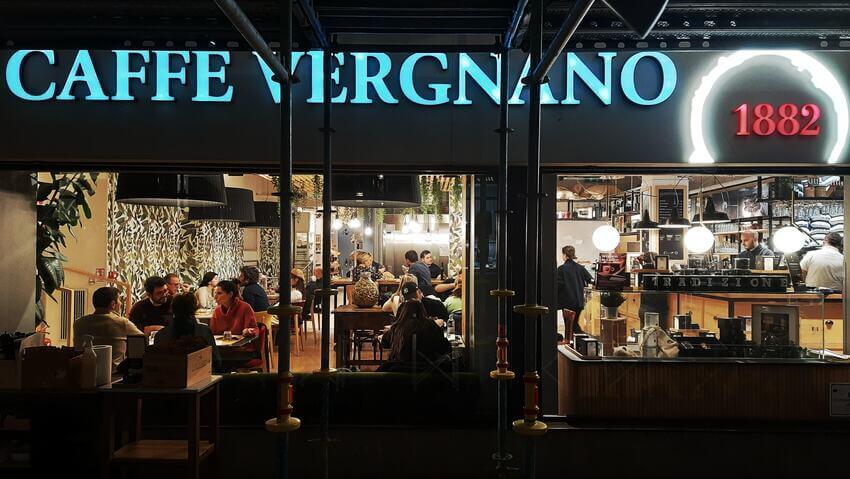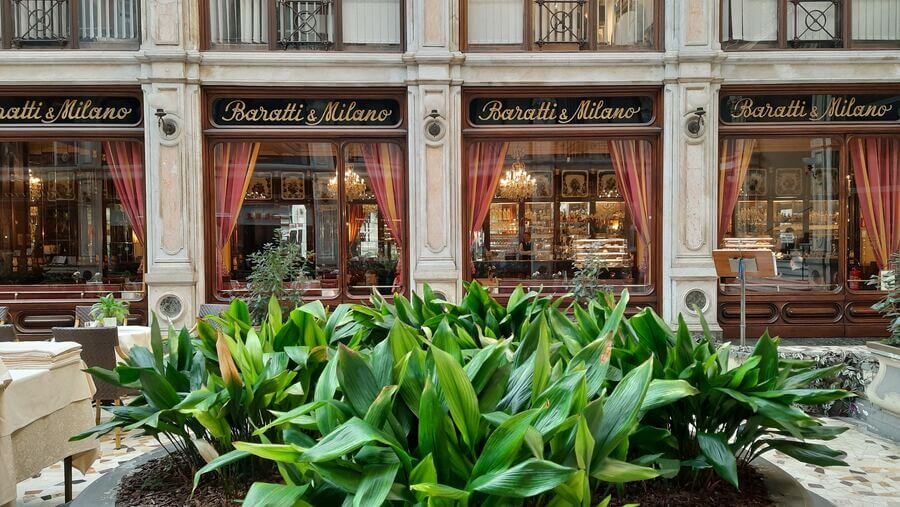Torino, Piedmont. City Guide
Guided tours of Torino, city of Coffee, Chocolate & Vermouth.
Torino is the capital of the Piedmont region, located in the north-west of Italy. A long and detailed article – recently published by Will Hide on The Times – describes how this elegant city is the ideal destination for food and wine lovers, and also for those who like cultural trips. If you are planning a trip to Italy, you must consider spending a couple of days here and book your guided tour of Torino. Pasta, coffee, chocolate, gelato, vermouth and wine are the main ingredients for a perfect stay.
Piedmontours walking tours of Torino capably combine these ingredients as a delicious menu. And just like the most intriguing menus, they hide tempting surprises. The city has a lot to offer, and guided walking tours of Torino are the best way to discover the city. Countless churches decorate the rich piazzas. Long porticos hosts belle èpoque cafés. Gelato shops tempt the travelers with their shiny windows. And the aroma of chocolate and coffee is ever present
Torino is the capital of the state that unified Italy, but it is not Italy. This city is one of a kind, it is gentle and polite, and it treasures an ancient patrimony. Torino is a place of excellent destinations.
Philippe Daverio
The metropolitan city of Torino counts over 2 millions of people. This large and yet welcoming city has once been Italy capital, from 1861 to 1865.
Torino has many prestigious museums and landmarks. The second largest Egyptian Museum in the world – after the one in Cairo – opened here in 1824. Italy’s National Cinema Museum was conceived by the architect Antonelli as a synagogue at first, and it is now one of the symbols of Torino: the Mole Antonelliana. The renowned shroud of Christ – or Holy Shroud – is kept safe inside the Duomo of Torino, Saint John Cathedral. Not everyone knows that there is also a small but celebrated museum dedicated to criminal anthropology: the Cesare Lombroso Museum.
Together with beautiful palaces, ornated facades, churches and museums, Torino offers a large choice of excellent open markets, cafès and restaurants. Enjoy a guided tour of the city most interesting attractions.
The most famous open market of Torino is that of Porta Palazzo, which is also the largest open air market in the entire Europe. Every day – from Monday to Saturday- thousands of people gather around Piazza della Repubblica and its surroundings, to buy and sell goods of all sorts. Smaller markets can be found anywhere in the city. Most neighborhoods in Torino have their own daily market. Here it’s possible to buy fresh fruits, vegetables and fish, fresh flowers, clothes and bread.

Will Hide – on The Times – listes a number of hotels, restaurants and cafés. He mentions the restaurants of Porto di Savona, Emilio Ranzini, Piazza dei Mestieri, Taberna Libraria, Tre Galline, Snodo. He fails to mention the Michelin starred restaurant Del Cambio and Vintage 1997. And also L’Acino, Madama Piola and Antiche Sere are really good suggestions.
The article on The Times briefly, but properly, recommends a visit to Stratta Café and Mulassano Café. Torino is, no doubt, the city of coffee. In the late ‘800, Luigi Lavazza opened his first store here, in Via San Tommaso. The Lavazza company is now in the hands of the fourth generation of the family and exports in more than 80 countries. In 1882 Domenico Vergnano opened a first, small, workshop in Chieri, just outside Torino. Today Vergnano is Eataly ambassador of the authentic Italian espresso. The two companies dominate the scene together with a third one, Costadoro di Beccuti. This roasting brand started in 1890 and soon became another important name in the coffee world.
Stratta and Mulassano Cafés rank among the must see historic cafés in Torino. But the list is much longer than that: Caffé Torino, Caffé Al Bicerin, la Farmacia del Cambio, Baratti e Milano, Platti, Gerla and – the recently renovated – Caffè San Carlo are all worth of attention. Most of this iconic rendez-vous places still display the original fornitures and prepare and sell their own chocolates.
Chocolate is a key word in Torino. In 1806 the very celebrated gianduia paste was first created here. A delightful mixture of cocoa and hazelnut (Piedmont praises its Nocciola tonda gentile delle Langhe, today a IGP – indicazione geografica protetta – product). The paste of gianduia takes its name from the Piedmont carnival mask, Gianduja. In 1865, during the carnival celebration, the iconic chocolate of Torino was presented to the public: Gianduiotto. His inventor, Michele Prochet, was an associate of Caffarel. Today delicious gianduiotti can be found in every café and chocolate store. It will be for ever remebered as the first chocolate wrapped in paper.

Gianduiotto today exists both in its original recipy and in newer interpretations that will steal your heart! And you can’t say chocolate without mentioning Vermouth. Torino gave birth to excellence in both directions. The Vermouth history dates back to 1865, when Antonio Carpano invented the modern recipe of Vermouth. He mixed sweet Moscato wine with herbs and spices, and presented the result to the King, who loved it so much that he introduced this drink in the royal menus. Today Torino Vermouths are diversified by colours (bianco, ambrato, rosso) and sugar percentage. Vermouth can be dry, extra dry or sweet.
In order to be Vermouth superiore, the drink must have a 17% minimum of alcohol, use at least 50% of wines and herbs from Piedmont. Today 27 companies produce the historic Vermouth of Torino, among them Carpano, Cinzano, Campari, Martini, Gancia. Read more about daily guided tours of Torino! Enjoy unforgettable chocolate tastings in the most prestigious shops, sip the traditional Vermouth, and take a gelato break while walking through the historical city center. If you are planning a trip to Piedmont, read about other guided daily tours!
- Spring and Summer Tours of Piedmont - February 26, 2024
- Turin Travel Guide - December 27, 2023
- Wine Tastings in Piedmont - December 15, 2023

